
The world of con artists is filled with notorious figures who swindled and manipulated their way to fame (or infamy). Some pulled off elaborate scams that fooled governments and businesses, while others took advantage of unsuspecting individuals. These 20 individuals became legends of deceit, and their stories are as daring as they are scandalous.
Frank Abagnale Jr.
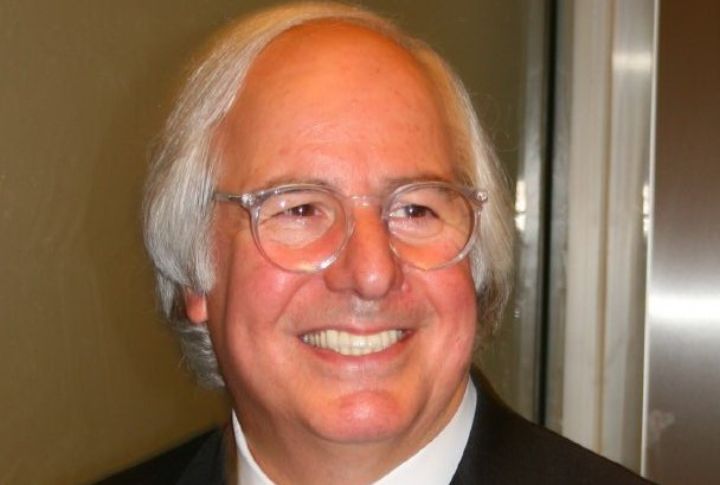
Frank Abagnale Jr. tricked airlines by posing as a Pan Am pilot. Later, he lived as a practicing doctor and even passed the bar exam under a false identity before turning 21. His forged checks crossed continents. After capture, he helped the FBI uncover elaborate fraud schemes.
Charles Ponzi
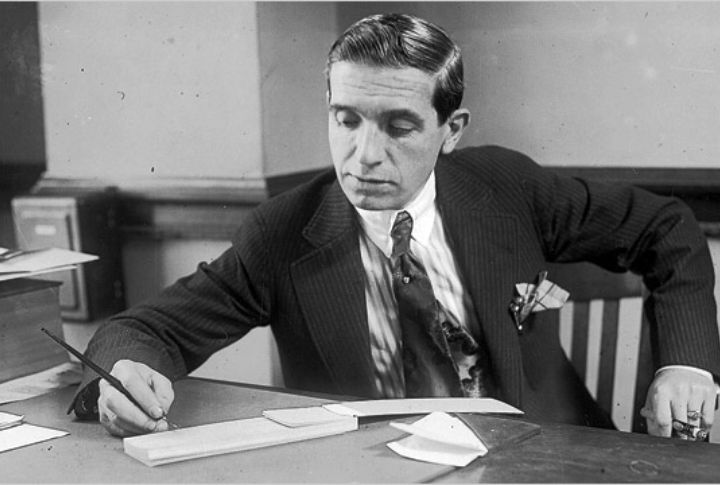
In the 1920s, Charles Ponzi convinced investors he could double their money through postal reply coupons. His promises of quick riches spiraled into a full-blown financial scandal. Though it lasted barely a year, Ponzi’s scheme defrauded millions and etched his name permanently into the lexicon of fraud.
Victor Lustig
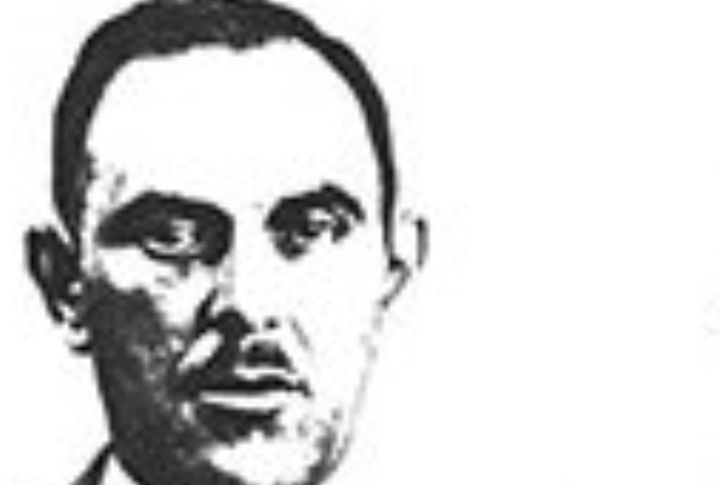
Victor Lustig was no ordinary swindler. In 1925, he posed as a government official and “sold” the Eiffel Tower for scrap metal. Incredibly, he tried it again. Lustig’s mastery lay not just in the audacity of his scams but in his polished manners and irresistible persuasion skills.
Anna Sorokin

Pretending to be a German heiress named Anna Delvey, Sorokin infiltrated New York’s elite. Lavish hotel stays and fabricated bank statements propped up her fantasy. Her eventual arrest in 2017 revealed a modern grifter who exploited social media’s glittery illusion of wealth and privilege.
Bernie Madoff

Thousands of investors lost fortunes when Bernie Madoff’s multi-billion-dollar Ponzi scheme finally collapsed in 2008. His arrest shook Wall Street to its core. Decades earlier, he had built a global empire by promising steady investment returns, a promise that masked one of finance’s greatest betrayals.
John Darwin

When John Darwin disappeared into the North Sea, the world assumed tragedy. Instead, he was quietly living next door with his wife, using the insurance scam to plan a new life overseas. Five years on, one revealing photograph ended the act and shocked Britain.
James Hogue
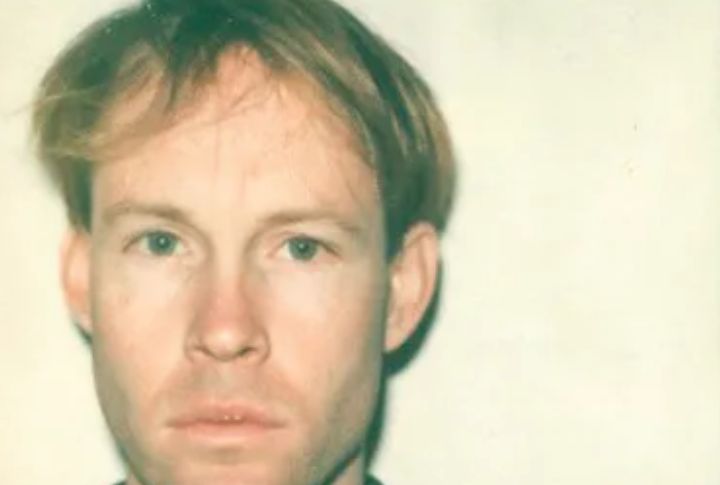
Stanford’s faculty and students were stunned when the truth surfaced—one of their peers wasn’t who he claimed to be. Posing as a self-taught prodigy with humble beginnings, James Hogue had blended in seamlessly. In 1991, his elaborate academic hoax finally unraveled.
Jean-Claude
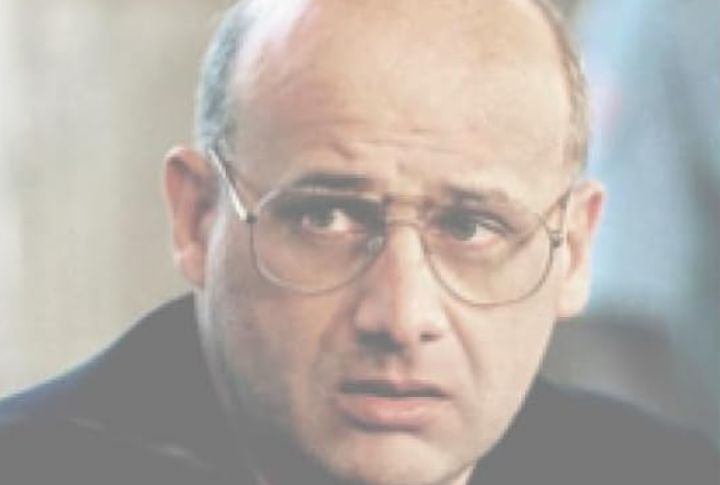
For nearly two decades, Jean-Claude Romand lived a lie by posing as a successful doctor for the World Health Organization. Friends and colleagues believed him without question. When exposure loomed, tragedy struck. His deception ended in shocking violence that stunned France and revealed the danger of long-lived lies.
Joseph Weil
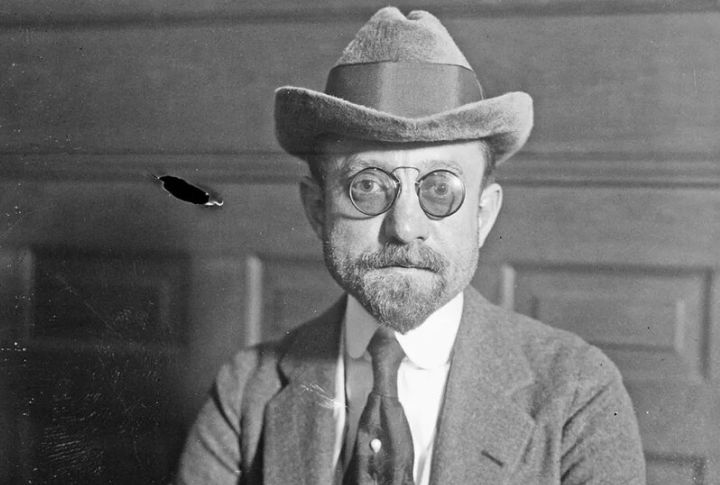
Joseph Weil, nicknamed the “Yellow Kid,” earned fame swindling millions through clever cons. His portfolio included gambling scams and real estate fraud. Unlike modern cybercriminals, Weil operated face-to-face, relying on wit and personal persuasion. His colorful schemes made him a legend among traditional street con men.
Gregor MacGregor

Selling fake land in a country that didn’t exist, Gregor MacGregor built Poyais entirely on lies. Yet settlers and financiers believed him. When they reached the barren coast, their illusions crumbled, leaving behind one of history’s most shameless and imaginative frauds.
Christophe Rocancourt

He posed as a Rockefeller heir, dazzled high society, and lived like royalty—without the fortune to back it. Christophe Rocancourt scammed celebrities and investors across continents using fake identities and polished charm before his lies finally landed him in prison.
Princess Caraboo
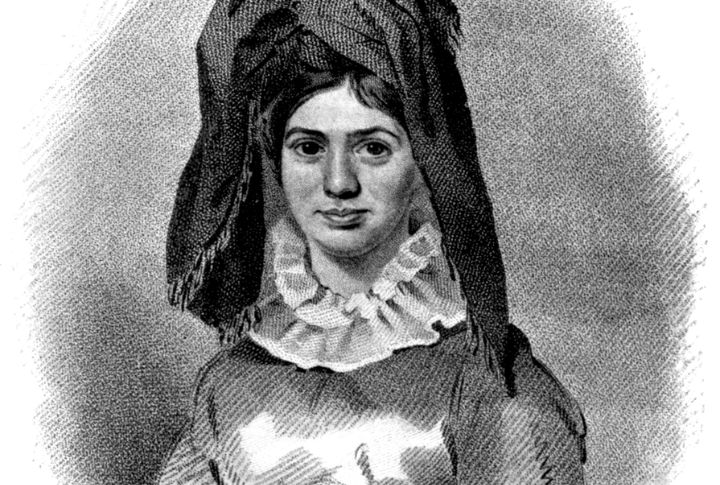
Clothed in an exotic dress and spouting an indecipherable language, she called herself Princess Caraboo from a distant island. Locals in Gloucestershire embraced her with fascination. But when the act collapsed, the truth shocked them all; she was Mary Baker, a cobbler’s daughter with theatrical brilliance and boundless nerve.
Natwarlal
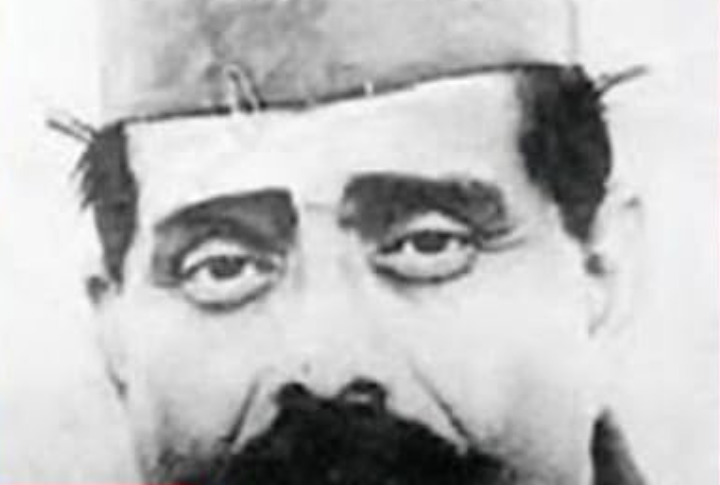
Legends say he sold the Taj Mahal—not once, but repeatedly. Natwarlal, India’s most celebrated con artist, used forged documents and sheer bravado to swindle bureaucrats and businessmen. He escaped custody so often that his real identity remains uncertain, which fuels stories that border on folklore.
George C. Parker
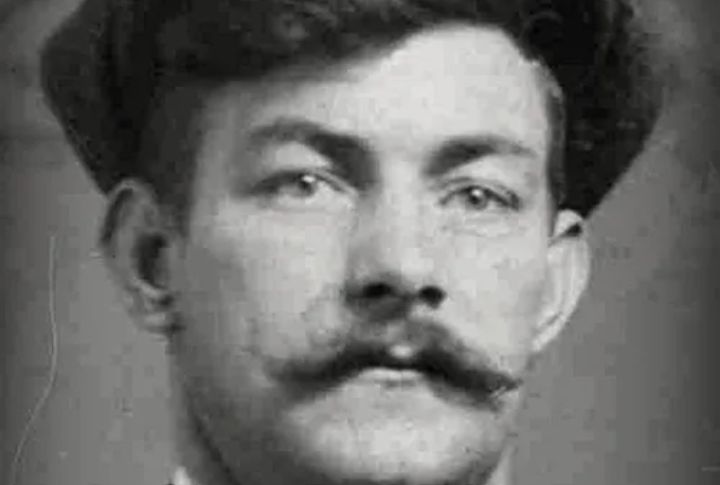
In early 20th-century New York, George C. Parker built a criminal legacy by “selling” famous landmarks, including the Brooklyn Bridge. Immigrants chasing the American dream fell for his fake documents and smooth talk. After multiple arrests, his fraudulent empire ended in a life sentence.
Adele Spitzeder
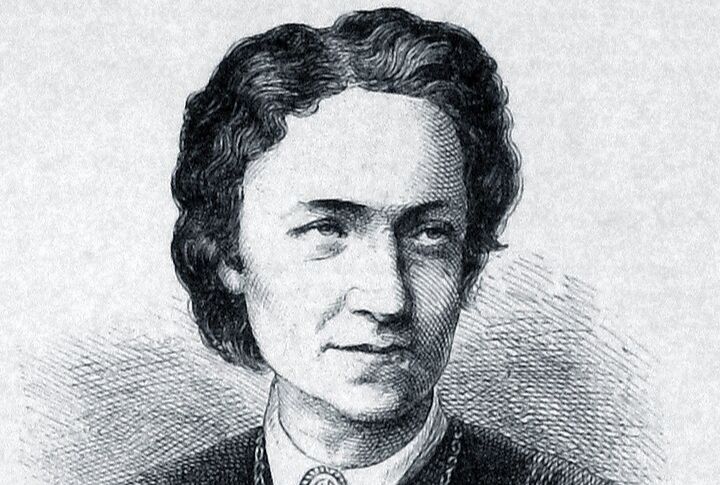
Adele Spitzeder promised high returns in 1869. Though she made minor real estate investments, most payouts came from new deposits—a Ponzi structure. Her pious persona and visible wealth earned trust. When the scheme collapsed in 1872, an estimated 32,000 people lost nearly 38 million gulden.
Elizabeth Holmes

Elizabeth Holmes promised a medical revolution with Theranos. Investors believed her device could run hundreds of tests from a single drop of blood. In reality, the technology never worked. Holmes’s trial revealed layers of deception and ambition by marking one of Silicon Valley’s most infamous downfalls.
Mary Carleton
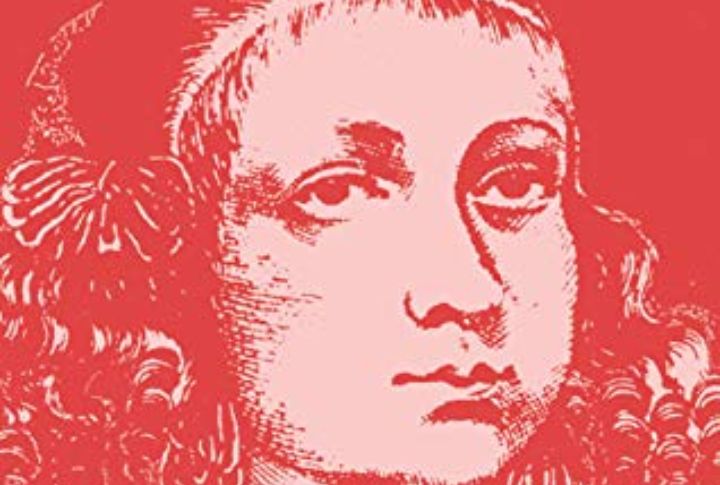
With forged papers and aristocratic airs, Mary Carleton posed as a German princess in 17th-century London. She charmed suitors and landlords before her tale collapsed under legal scrutiny. Tried and executed, her fraud left an enduring cultural imprint that fascinated writers and scandalized audiences for generations.
Cassie Chadwick
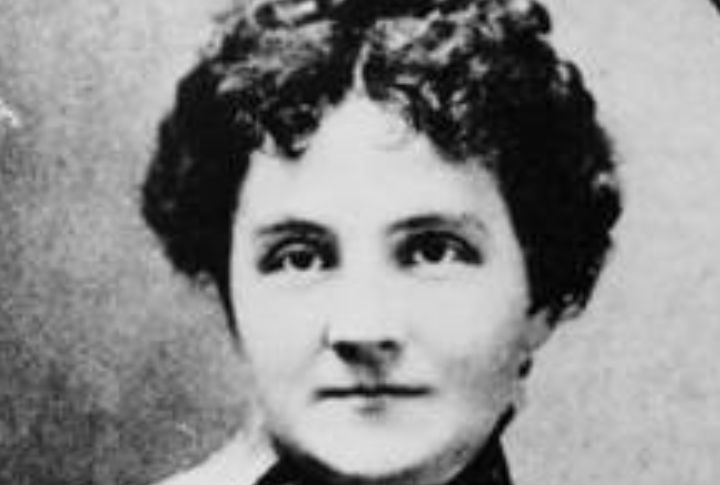
Claiming to be Andrew Carnegie’s illegitimate daughter, Cassie Chadwick secured massive loans from banks eager to gain favor. Her unchecked spending spiraled into massive debt. With no inheritance to claim, the scam collapsed. Financial elites were stunned by how easily the illusion bypassed every layer of scrutiny.
Jho Low

Jho Low masterminded one of the world’s most audacious financial scandals. He allegedly siphoned over $4.5 billion from Malaysia’s 1MDB fund by using it to finance luxury parties and extravagant gifts. Though unknowingly, his high-rolling lifestyle dazzled Hollywood, which ensnared celebrities like Leonardo DiCaprio and Miranda Kerr.
Ferdinand Ward
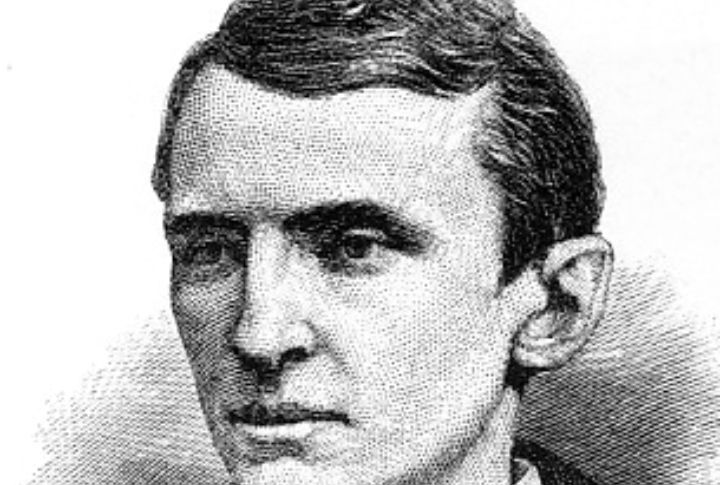
In the 1880s, Ferdinand Ward charmed powerful investors, who included President Ulysses S. Grant, into backing his fraudulent banking operation. He promised high returns from nonexistent government contracts. The collapse of his scheme devastated fortunes and contributed to the Panic of 1884, a defining scandal of Gilded Age finance.

